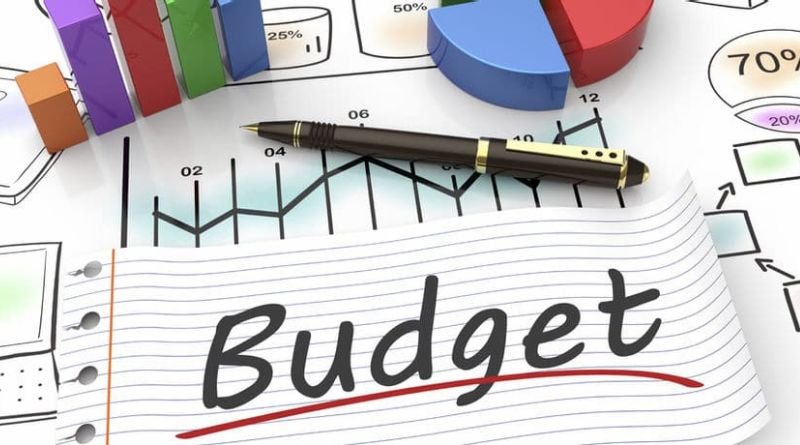How to Create and Manage a Successful Departmental Budget
Managing the budget of your department can be tricky, especially if you’re new to this role. Luckily, there are plenty of methods you can try to help keep track of your expenses so you can stay within your set budget while continuing to fulfill the needs of your department and its employees. The following guide will show you how to create and manage a successful departmental budget whether you’re just starting out or you’ve had years of experience keeping track of departmental expenses.
The basics of creating a departmental budget
- Start by calculating your company’s yearly sales. This will be the foundation of your budget, so you’ll want to get this number as accurate as possible. You may need help from one or more department managers for this step. Once you have the total amount of money spent annually on product, subtract what was paid out in salaries, inventory costs, administrative fees, etc., from the yearly sales amount (this will be your net profits). The yearly budget should include a percentage of profits which is then applied to individual departments with other resources needed from other areas of the company.
What goes into your budget?
When creating a budget, make sure you know the income coming in and how much is going out. To create your budget, gather together all financial documents from the department and assign an approximate cost for each one. This might include office supplies like paper, pens, postage stamps or mailing services. It could also include fees for renting rooms at the business location or subscriptions for business-related magazines that you read regularly. Estimate what you spend on postage, photocopying or faxing each month as well as any other expenses that are incurred within your department on a regular basis.
Once you’ve created an estimate of what goes into your budget, calculate how much is coming in. Make note of any irregular payments (if someone makes an irregular payment monthly, record it over twelve months). After you have calculated both sides of the equation, subtract what’s coming in from what’s going out and find the difference. The difference is either positive or negative and it will determine whether your budget needs to be adjusted. If there’s more money going out than there is coming in, then you need to reduce expenditures until they match up again. Conversely, if there’s more money coming in than being spent then maybe it’s time to increase some spending categories so they match up with current revenue streams.
Researching costs
An accurate cost for any project can take time, but the research will provide vital insights that cannot be found in any other way. One of the best ways to start is by talking with existing clients or those who are similar in some way. Otherwise, finding resources on costs related to similar services or products can help estimate expenses. Another thing you can do is make a list of all possible expenses that might arise before any project starts.
Get expert help where you need it
Maybe you’ve been the primary department manager for some time now, or maybe you’re just starting out. Either way, managing a department’s budget will involve communicating with your colleagues to make sure they are aware of not only their individual responsibilities but also their long-term goals. You’ll need input from every staff member in order to make this work – as an individual contributor or senior-level staff, it is your responsibility to assign tasks that will contribute to achieving both departmental and personal goals. If you know how your budget is allocated by percentage across different initiatives, then the job will be much easier.
Consider what your results will be worth
Everyone wants their budgeting efforts to be successful, but many companies end up failing. It is important that you think about what the success of your department would look like before even beginning the process. The best way to ensure that you are meeting your goals is by assigning measurable targets for how much revenue should be coming in per month. A good budget will help with these expectations, so make sure it is up-to-date. Your budget should also reflect your understanding of how money flows through the organization. For example, if you want to grow sales, figure out where sales dollars come from: Cost of goods sold? Advertising? Administrative costs? If this is unclear to you, talk with the CFO and they can help clarify what kind of expenses are coming from which areas.
Track your spending and make adjustments if needed
- Track your spending on paper. Set up a separate notebook or folder where you can keep track of your expenditures by month, week, day or any other measure that will work for you. If you’re using software like Quicken®, be sure to set up the program so that it’ll automatically import financial transactions from bank or credit card accounts.
- Take an inventory. Look over your expenses and identify which ones are essential (you can’t cut back) and those that are discretionary (you could cut back). Write down the dates each expenditure was made, too.
- Cut back on what you can. Identify purchases in your discretionary budget that have already been used up this month. Calculate how much money is left for the rest of the month. Do you need to change anything about your discretionary spending? How many days do you have left? What kind of things might help make do with less money this month? Can you postpone buying something until next month? Can you save money by not eating out as often? Could you reduce your cable bill or cancel one service entirely? Can you reduce other bills or negotiate rates for services like electricity, phone service, water, etc.? Remember: You don’t have to go into debt just because your department’s budget is low.









